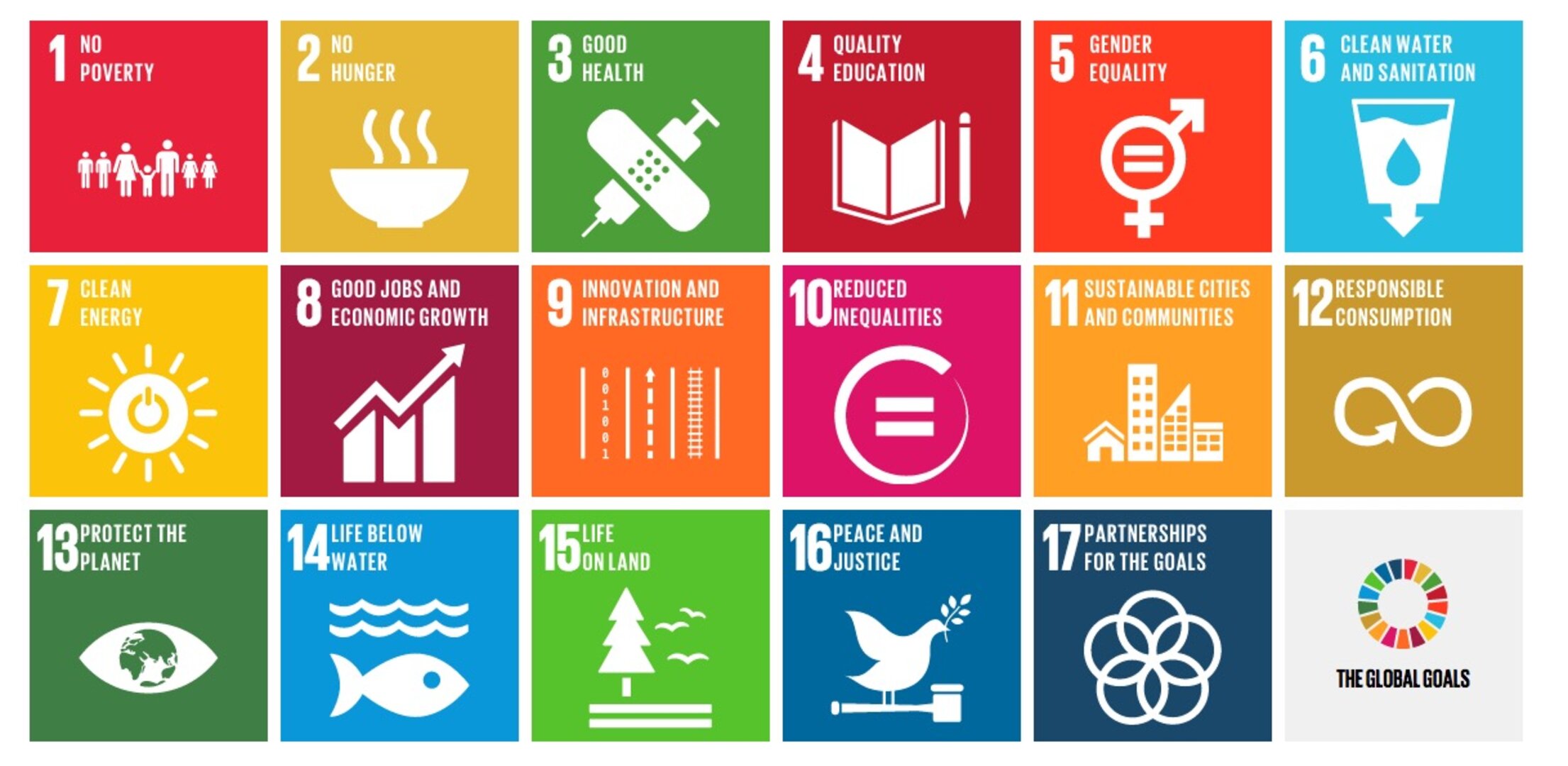
Buy carbon credits in the voluntary or compliance carbon market?
In the pursuit of a sustainable future, companies worldwide are increasingly focused on reducing their carbon footprints and mitigating the impact of climate change. This article explores the two main markets for carbon credits – the Voluntary Carbon Market and the Compliance Carbon Market – to shed light on their differences, the companies involved, historical development, and the potential merging of these markets.
The Voluntary carbon market: a choice for sustainability
The voluntary carbon market offers companies a voluntary opportunity to address their unavoidable carbon emissions and demonstrate their commitment to environmental sustainability. In this market, companies can proactively neutralize their emissions by purchasing carbon credits, each representing one metric ton of carbon dioxide or its equivalent greenhouse gas.
How the voluntary market works
Industries from technology, finance, retail to travel, irrespective of size or location, can participate in the voluntary market. They purchase carbon credits from project developers engaged in carbon removal, renewable energy installations, reforestation initiatives, and energy efficiency projects, ensuring genuine emissions reductions.
Motivation for voluntary participation
Companies join the voluntary market driven by corporate social responsibility. They seek to improve brand reputation, attract environmentally conscious customers, seek out talent wanting their employer to support the climate, and promote sustainable practices. Engaging in carbon offsetting allows them to demonstrate commitment to combat climate change and contribute to global emissions’ reduction efforts.
The compliance carbon market: a regulated mechanism
In contrast, the compliance carbon market operates under government-mandated regulations and targets for emissions reductions. It targets very specific industries with significant carbon footprints, such as power generation, oil and gas, cement production, and aviation. The underlying unit is an allowance to pollute and is not linked to a carbon project as it is in the voluntary market.
The origins and framework of compliance markets
The compliance market’s roots can be traced back to international climate agreements like the Kyoto Protocol, which established legally binding emission reduction targets for developed countries. These agreements laid the foundation for regional and national emissions trading systems, such as the EU ETS, California Cap-and-Trade, and China’s National Emissions Trading System (more information).
Ensuring corporate emissions reductions through compliance
Governments set these stringent emission targets annually and continue to reduce the overall number of emissions continuously. Compliance requires the governed companies to achieve specific emissions reductions within operations. Companies below their threshold can sell these emission allowances to other companies which are above their allowance.
Potential merging of voluntary and compliance markets
Both the voluntary and compliance carbon markets play vital roles in the global effort to combat climate change and achieve sustainable development. Discussions about merging the voluntary and compliance carbon markets have surfaced to create a cohesive approach to carbon trading and emissions reduction. Such a merger would require standardized measurements, transparency, and incentives for voluntary participation while ensuring access and inclusivity.
Which way a merger could take place is uncertain. Carbon emissions’ reduction could be made mandatory for all companies in the near future. This could be enforced via the allowance trading mechanism (compliance market) or simply via long-term reduction targets and punishment, if not met. Further, companies could be held accountable by law to net off all unavoidable emissions via carbon projects (voluntary market).
As global efforts to combat climate change intensify, both the voluntary and compliance carbon markets play pivotal roles to achieve a net-zero society.


